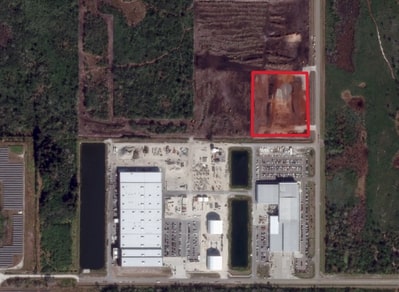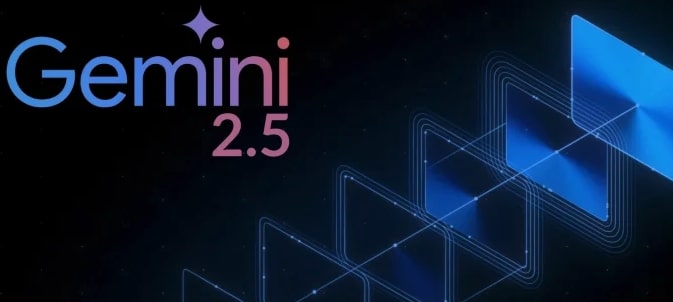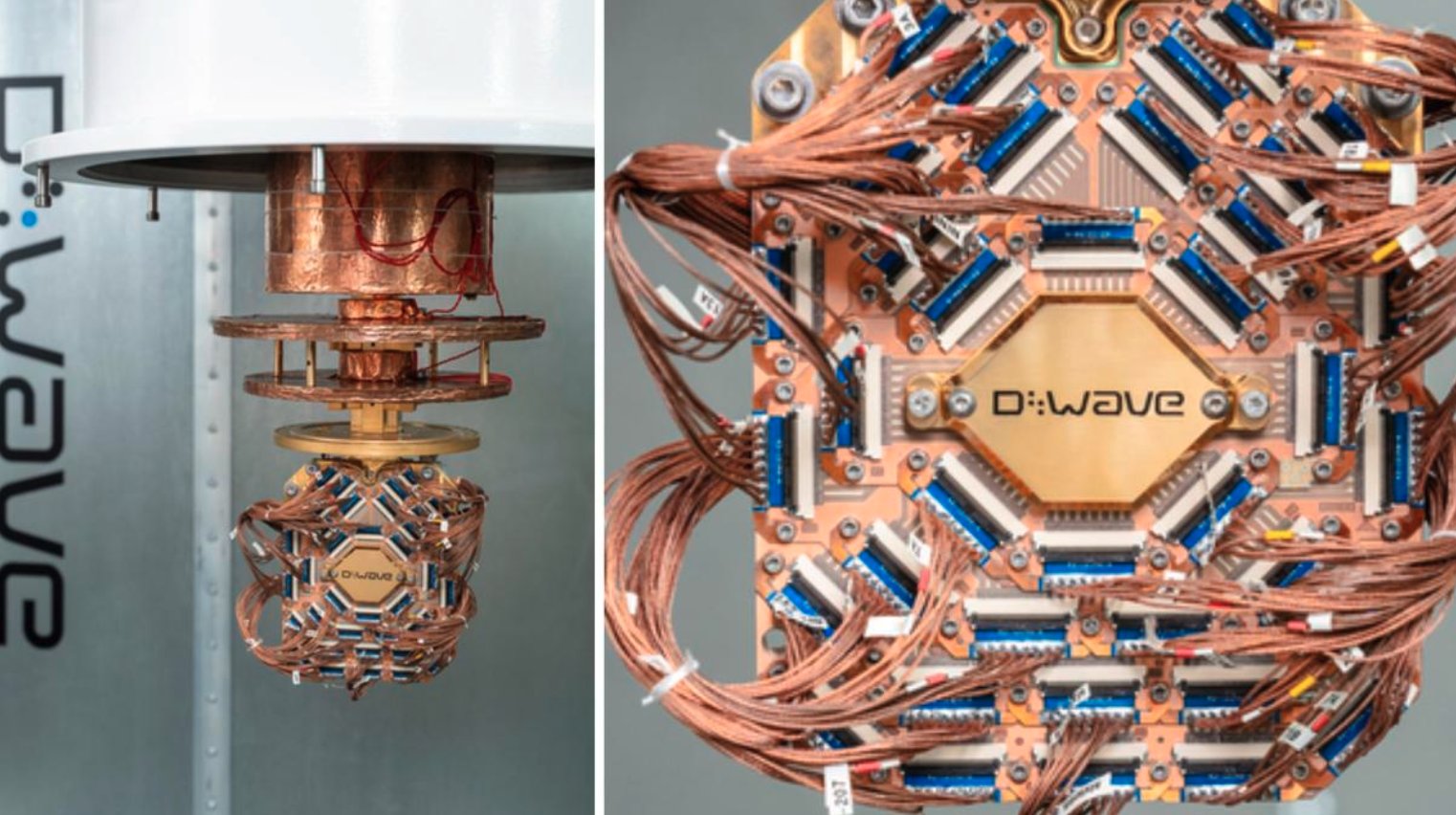The new SpaceX Gigabay at Boca Chica is designed to be a massive vertical integration and assembly facility to support the production and refurbishment of the Starship launch system.
The Gigabay will stand 380 feet tall and provide approximately 46.5 million cubic feet of interior processing space, with 815,000 square feet of workspace. It is engineered to support Starship and Super Heavy vehicles up to 81 meters (266 feet) tall and will feature 24-30 work cells for integration and refurbishment, equipped with cranes capable of lifting up to 400 US tons.
Compared to the existing Megabay facilities at Starbase (Mega Bay 1 and Mega Bay 2), the Gigabay offers over 11 times the square footage and 19 additional work cells.

Construction of the Starfactory began around February 2022, with multiple phases completed or underway by 2025. The facility, spanning approximately 1 million square feet across its phases, is designed to streamline manufacturing processes, with the long-term goal of producing one Starship per day (approximately 365 Ships per year).
The latest phase of the Starfactory came online in the summer of 2024, adding significant factory floor space. SpaceX has already begun producing components for Starship Version 2, which is optimized for mass production. A Starship Version 3 will be ready later in 2025.
The Gigabay at Boca Chica under construction and targeted for completion by the end of 2026. Starfactory’s production capacity is expected to ramp up significantly during this period.
The Gigabay can potentially hold 6 Starships in 5 rows.
Gigabay Dimensions
Length: 360 feet
Width: 426 feet
Height: 377 feet
Ramping to Mass Production
The Gigabay completed by the end of 2026, production could scale annual production 20-50 Starships. The Starfactor could make 1 Ships per week late in the year. Early 2026 might see continued focus on testing and refinement, with production accelerating post-Gigabay activation.
Super Heavy Boosters are more complex and designed for higher reuse rates, so fewer are needed. Production might range from 5-10 boosters. This would be enough for multiple launches from Boca Chica and initial Florida operations.
In 2027, if SpaceX achieves a production rate of 1 Ship every 3-4 days then 90-120 Starships could be produced. This assumes the Starfactory and Gigabay are fully synchronized, with demand from Starlink, lunar and Mars missions using the output. Two or more Gigabays will likely be built and more launch towers will be at other locations.
Super Heavy Booster production might increase to 10-15 boosters.
In 2028, Starships could get close to the one-per-day goal, production could reach 200-300 Starships. Super Heavy Boosters could reach 15-25 boosters.

Brian Wang is a Futurist Thought Leader and a popular Science blogger with 1 million readers per month. His blog Nextbigfuture.com is ranked #1 Science News Blog. It covers many disruptive technology and trends including Space, Robotics, Artificial Intelligence, Medicine, Anti-aging Biotechnology, and Nanotechnology.
Known for identifying cutting edge technologies, he is currently a Co-Founder of a startup and fundraiser for high potential early-stage companies. He is the Head of Research for Allocations for deep technology investments and an Angel Investor at Space Angels.
A frequent speaker at corporations, he has been a TEDx speaker, a Singularity University speaker and guest at numerous interviews for radio and podcasts. He is open to public speaking and advising engagements.
























